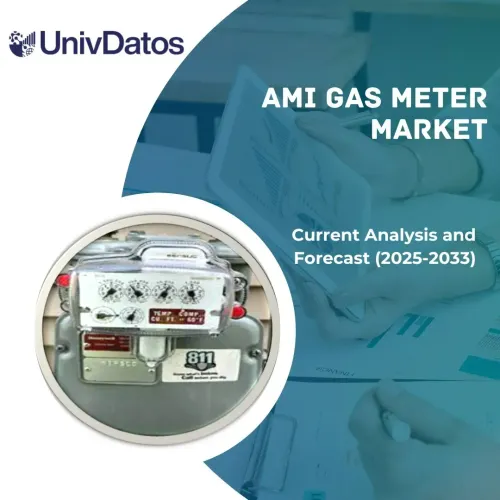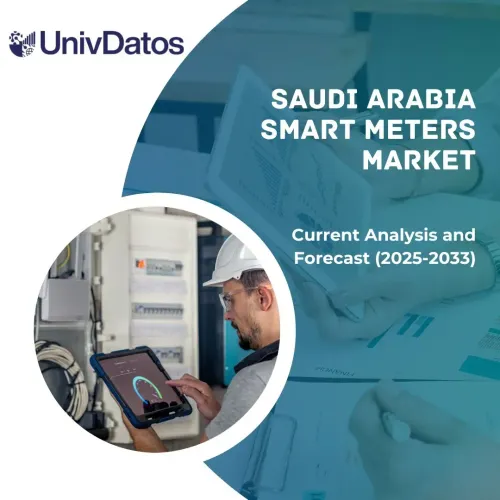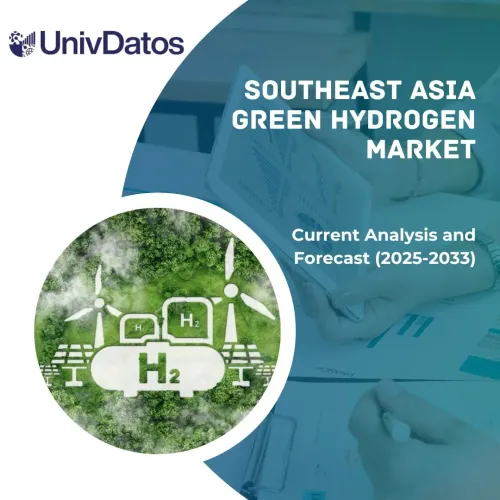- Home
- About Us
- Industry
- Services
- Reading
- Contact Us
Solar Simulator Market: Current Analysis and Forecast (2022-2030)
Emphasis on Light Source, (Xenon Arc Lamp, Metal Halide Arc lamp, LED Lamp, UV Lamp, and QTH Lamp); Dimension (Class AAA, Class ABA, and Class ABB); Application (PV Cell Module & Material Testing, UV Testing of Materials & Products, Automotive Testing, Biomass Study, and Others); and Region/Country

The Solar Simulator Market was valued at around USD 1000 million in 2021 and grow at a strong CAGR of around 6% during the forecast period 2022-2030. A Solar Simulator is defined as a device that provides illumination approximating natural sunlight. The purpose of the solar simulator is to provide a controllable indoor test facility under laboratory conditions. It can be used for the testing of any processes or materials that are photosensitive, including solar cells, sunscreen, cosmetics, plastics, aerospace materials, skin cancer, bioluminescence, photosynthesis, water treatment, crude-oil degradation, and free radical formation. Solar simulators are used in a wide range of research areas including photobiology, photo-oxidation, photodegradation, photovoltaics, and photocatalysis. Additionally, it works as a light source that approximates the illumination of natural sunlight. The ability of a solar simulator to approximate natural sunlight is based on three criteria: spectral match, spatial non-uniformity of irradiance, and temporal instability.
ABET TECHNOLOGIES, INC; Asahi Spectra USA Inc.; Schneider Electric; Spectrolab; Meyer Burger; TS-Space Systems LTD; Solar Light Company, LLC.; G2V Optics Inc.; Gsola. cn.; IWASAKI ELECTRIC CO., LTD are some of the key players in the market. Several M&As along with partnerships have been undertaken by these players to facilitate customers with hi-tech and innovative products/technologies.
Insights Presented in the Report
“Amongst light source, Xenon Arc Lamp category is expected to grow with a significant CAGR during the forecast period”
Based on light source, the market is segmented into Xenon Arc Lamp, Metal Halide Arc lamp, LED Lamp, UV Lamp, and QTH Lamp. Xenon Arc Lamp category is expected to grow with a significant CAGR during the forecast period. This is mainly owing to the increasing demand for reliable and accurate testing methods, advancements in technology, and government initiatives promoting the use of renewable energy sources. Also, the spectrum of the xenon arc lamp closely approximates that of the sun, with high levels of UV radiation, visible light, and infrared radiation. This allows researchers and manufacturers to test the performance of solar cells and modules under conditions that closely resemble those experienced in the real world.
“Amongst dimension, Class AAA is expected to grow with a significant CAGR during the forecast period”
On the basis of dimension, the market is categorized into Class AAA, Class ABA, and Class ABB. Among these, Class AAA is expected to grow with a significant CAGR during the forecast period. This is mainly due to the high level of accuracy and precision in replicating the solar spectrum and intensity. The demand for Class AAA solar simulators is also being driven by government regulations and industry standards. Many countries and regions have implemented regulations and standards that require solar cells and modules to meet certain performance criteria. For example, the International Electrotechnical Commission (IEC) has established standards for solar simulators used in the testing of solar cells and modules.
“APAC is anticipated to grow at a substantial CAGR during the forecast period”
In 2021, APAC is anticipated to grow at a substantial CAGR during the forecast period. This is mainly due to the increasing adoption of solar simulators as these are the devices that replicate the solar spectrum and intensity for testing and measuring the performance of solar cells and modules in the emerging economies of the region is driving the growth of the market. Moreover, increasing demand for renewable energy sources, government initiatives promoting the use of solar energy, and advancements in technology is further expected to support the market growth. In addition, many manufacturers and researchers require accurate testing and performance data to improve the efficiency and reliability of solar cells and modules further accelerating the ATV market growth in the region.
Solar Simulator Market Report Coverage

Reasons to buy this report:
- The study includes market sizing and forecasting analysis validated by authenticated key industry experts.
- The report presents a quick review of overall industry performance at one glance.
- The report covers an in-depth analysis of prominent industry peers with a primary focus on key business financials, product portfolios, expansion strategies, and recent developments.
- Detailed examination of drivers, restraints, key trends, and opportunities prevailing in the industry.
- The study comprehensively covers the market across different segments.
- Deep dive regional level analysis of the industry.
Customization Options:
The global Solar Simulator market can further be customized as per the requirement or any other market segment. Besides this, UMI understands that you may have your own business needs, hence feel free to connect with us to get a report that completely suits your requirements.
Table of Content
Research Methodology for the Solar Simulator Market Analysis (2022-2030)
Analyzing the historical market, estimating the current market, and forecasting the future market of the global solar simulator market were the three major steps undertaken to create and analyze the adoption of solar simulator in major regions globally. Exhaustive secondary research was conducted to collect the historical market numbers and estimate the current market size. Secondly, to validate these insights, numerous findings and assumptions were taken into consideration. Moreover, exhaustive primary interviews were also conducted, with industry experts across the value chain of the global solar simulator market. Post assumption and validation of market numbers through primary interviews, we employed a top-down/bottom-up approach to forecasting the complete market size. Thereafter, market breakdown and data triangulation methods were adopted to estimate and analyze the market size of segments and sub-segments of the industry pertains to. Detailed methodology is explained below:
Analysis of Historical Market Size
Step 1: In-Depth Study of Secondary Sources:
Detail secondary study was conducted to obtain the historical market size of the solar simulator market through company internal sources such as annual reports & financial statements, performance presentations, press releases, etc., and external sources including journals, news & articles, government publications, competitor publications, sector reports, third-party database, and other credible publications.
Step 2: Market Segmentation:
After obtaining the historical market size of the solar simulator market, we conducted a detailed secondary analysis to gather historical market insights and share for different segments & sub-segments for major regions. Major segments are included in the report as light source, dimension, and application. Further country-level analyses were conducted to evaluate the overall adoption of testing models in that region.
Step 3: Factor Analysis:
After acquiring the historical market size of different segments and sub-segments, we conducted a detailed factor analysis to estimate the current market size of the solar simulator market. Further, we conducted factor analysis using dependent and independent variables such as various light source, dimension, and application of solar simulator. A thorough analysis was conducted for demand and supply-side scenarios considering top partnerships, mergers and acquisitions, business expansion, and product launches in the solar simulator market sector across the globe.
Current Market Size Estimate & Forecast
Current Market Sizing: Based on actionable insights from the above 3 steps, we arrived at the current market size, key players in the global solar simulator market, and market shares of the segments. All the required percentage shares split, and market breakdowns were determined using the above-mentioned secondary approach and were verified through primary interviews.
Estimation & Forecasting: For market estimation and forecast, weights were assigned to different factors including drivers & trends, restraints, and opportunities available for the stakeholders. After analyzing these factors, relevant forecasting techniques i.e., the top-down/bottom-up approach were applied to arrive at the market forecast for 2028 for different segments and sub-segments across the major markets globally. The research methodology adopted to estimate the market size encompasses:
- The industry’s market size, in terms of revenue (USD) and the adoption rate of the solar simulator market across the major markets domestically
- All percentage shares, splits, and breakdowns of market segments and sub-segments
- Key players in the global solar simulator market in terms of products offered. Also, the growth strategies adopted by these players to compete in the fast-growing market
Market Size and Share Validation
Primary Research: In-depth interviews were conducted with the Key Opinion Leaders (KOLs) including Top Level Executives (CXO/VPs, Sales Head, Marketing Head, Operational Head, Regional Head, Country Head, etc.) across major regions. Primary research findings were then summarized, and statistical analysis was performed to prove the stated hypothesis. Inputs from primary research were consolidated with secondary findings, hence turning information into actionable insights.
Split of Primary Participants in Different Regions

Market Engineering
The data triangulation technique was employed to complete the overall market estimation and to arrive at precise statistical numbers for each segment and sub-segment of the global solar simulator market. Data was split into several segments & sub-segments post studying various parameters and trends in the areas of light source, dimension, and application in the global solar simulator market.
The main objective of the Global Solar Simulator Market Study
The current & future market trends of the global solar simulator market were pinpointed in the study. Investors can gain strategic insights to base their discretion for investments on the qualitative and quantitative analysis performed in the study. Current and future market trends determined the overall attractiveness of the market at a regional level, providing a platform for the industrial participant to exploit the untapped market to benefit from a first-mover advantage. Other quantitative goals of the studies include:
- Analyze the current and forecast market size of the solar simulator market in terms of value (USD). Also, analyze the current and forecast market size of different segments and sub-segments
- Segments in the study include areas of light source, dimension, and application .
- Define and analysis of the regulatory framework for the solar simulator
- Analyze the value chain involved with the presence of various intermediaries, along with analyzing customer and competitor behaviors of the industry.
- Analyze the current and forecast market size of the solar simulator market for the major region.
- Major countries of regions studied in the report include Asia Pacific, Europe, North America, and the Rest of the World.
- Company profiles of the solar simulator market and the growth strategies adopted by the market players to sustain in the fast-growing market
- Deep dive regional level analysis of the industry
Related Reports
Customers who bought this item also bought










